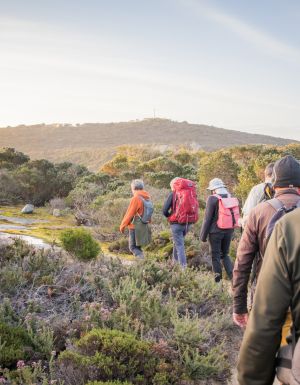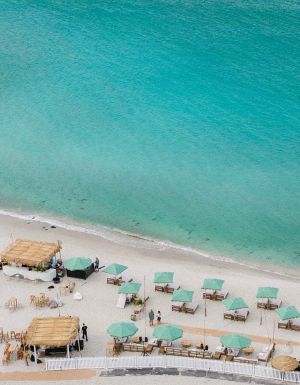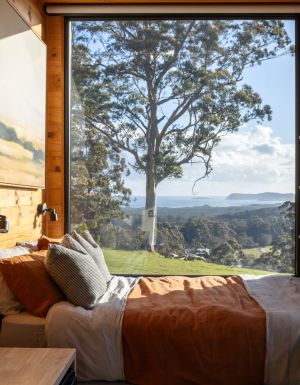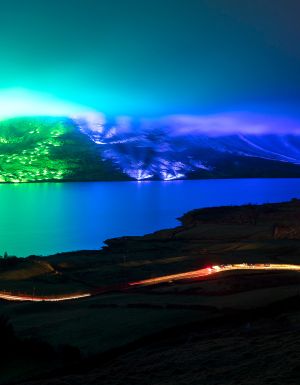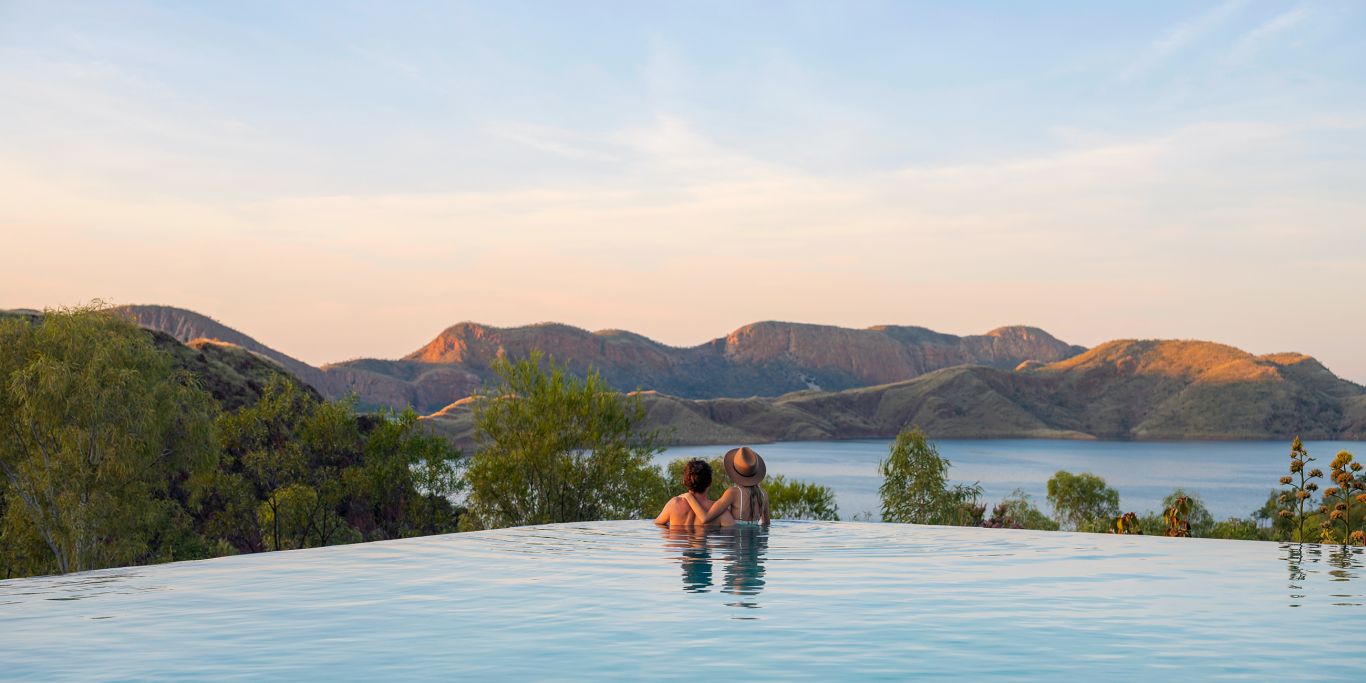Sacred lands, beautiful beaches, and rugged rock formations: everything is in WA’s South West.
The Noongar Boodjar People have called the South West home for thousands of years and their ancient pathways still twist and turn around these sacred lands, which remain ribboned with their songlines. Take the time to care for Boodja (Country) while watching the landscape unfold in the five vastly different sub regions: go birdwatching in a national park, sample wines at any one of the world-class cellar doors, surf waves that curl onto beaches gouged by time, and visit rugged rock formations that have long reigned over these lands. The South West includes the Margaret River Wine Region, Great Southern, Bunbury Geographe and the Southern Forests and Valleys. Here, get a taste of what the region has to offer.
Unique stays
Hidden Valley Forest Retreat
Each self-contained chalet at this secluded luxury retreat features a log fire and a private outdoor spa bath where you can look up at the rich, dark-velvet night sky scattered with stars. Wake to the light filtering through the ghostly grey bush.
Burnside Organic Farm
This cosy farm stay is all about immersing yourself in your surroundings and getting a feel for life on a working farm. Guests staying in the luxury bungalows, which have stone baths and a fireplace, will have access to the kitchen garden, walking tracks and wine tastings.

Latitude 35°5, Goode Beach
Luxury meets location at this private sanctuary which has commanding views across Frenchman Bay and Goode Beach.Take over the luxurious holiday home for your exclusive use and enjoy the amenity of a chef ’s kitchen, freestanding bathtub, 160-bottle cellar and soaring fireplace.

Five top spots
Boranup Forest
Listen to the ghostly trees groan and sigh, and the twitters and wails of birdsong in a karri forest where some of the trees tower so high (more than 60 metres) that their canopies can be blanketed in cloud.
Elephant Rocks
Visit Elephant Rocks in the late afternoon when the sun is setting on these giant granite boulders that resemble a herd of elephants lumbering out to sea. This spectacular rock formation is in the Great Southern region near Denmark.

Point Picquet
This striking beach only has a thin margin of sand that comes and goes with the ebb and flow of the tide. Head to this secluded spot during the migratory months of June through to November and you will have a front-row seat for whale watching.

Koombana Bay
Koombana Bay is a protected strip of sand in Bunbury where basalt rock is a defining aspect of the landscape, said to be part of a lava flow that dates back some 150 million years. The sheltered bay is a draw for swimmers and paddle boarders who are likely to have the Bunbury Geographe region on their bucket list as a place to see wild bottlenose dolphins.
Sugarloaf Rock
Sugarloaf Rock is a gigantic granite rock that juts out from the Indian Ocean along the Cape to Cape Track. Time your visit to coincide with the sun dissolving over the horizon and you will see the rock change from ochre to pink, then indigo.

Where to eat
Liberte Albany
Located in Albany’s historic London Hotel, this buzzing, convivial Parisian-inspired bar serves up interesting fusion cocktails and a menu of Vietnamese dishes made with local produce, such as crispy chicken bao, and marron and pork banh xeo, which are perfect for sharing.
Yarri
Take a seat at the bar overlooking the kitchen at Yarri and you will get dinner and a show at this warm and inviting restaurant, where locals seem to sail in like it’s an extension of their living room. Located in Dunsborough, Yarri is all about ‘people, produce and place’ and supports sustainable farmers and growers.

Top things to do
Smiths Beach
Go for a surf or swim at Smiths Beach, an under-the-radar stretch of sand that is a top spot to catch a few curlers when there’s swell and a dreamy place to swim in crystalline seas when there’s not.

The Meelup Brook Trail
Pull on your hiking boots and head off along Meelup Beach on a 1.2-kilometre trail that is largely uphill until you reach a timber deck overlooking Meelup Brook, which bubbles along in autumn and winter. Stop at Meelup Farmhouse to enjoy a farm-to-table lunch.

Go free camping
You can free camp along the Blackwood River, in the Southern Forests and Valleys, at the Alexandra Bridge Camping Ground, 26 kilometres north-east of Augusta. The river wends its way from Wagin in the Wheatbelt all the way to Augusta and is known for its native water birds.



